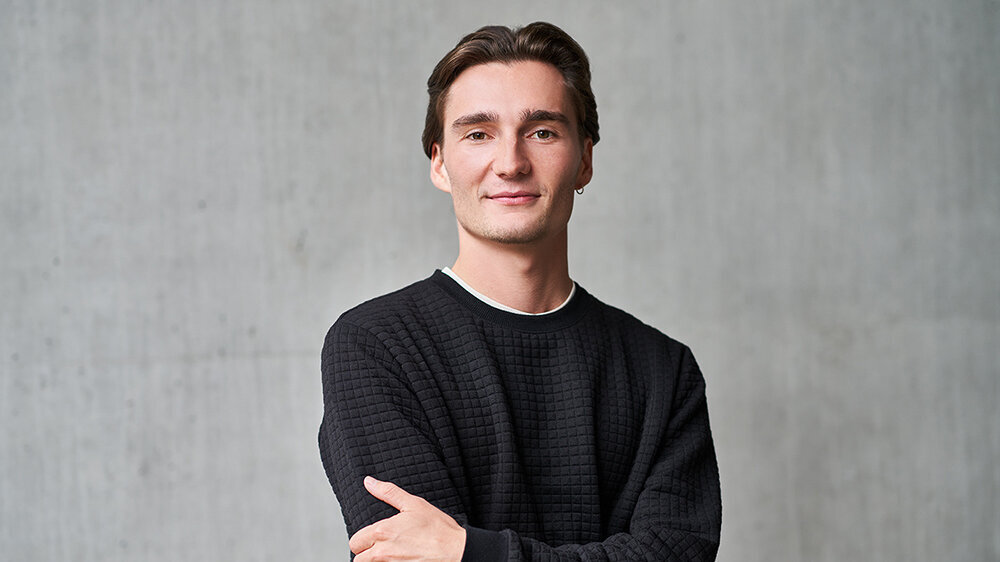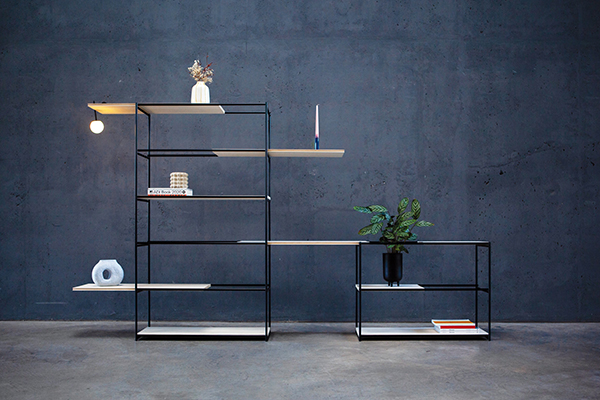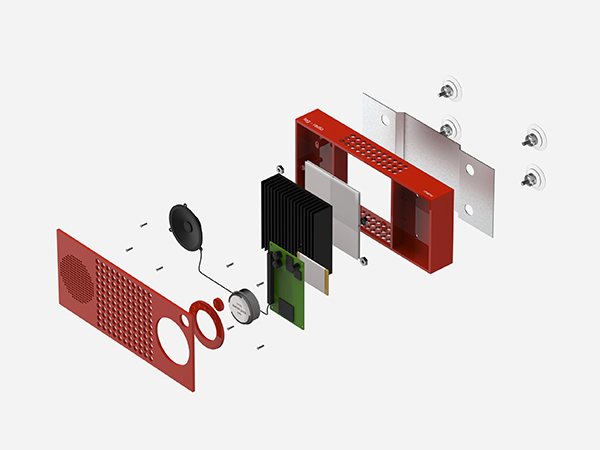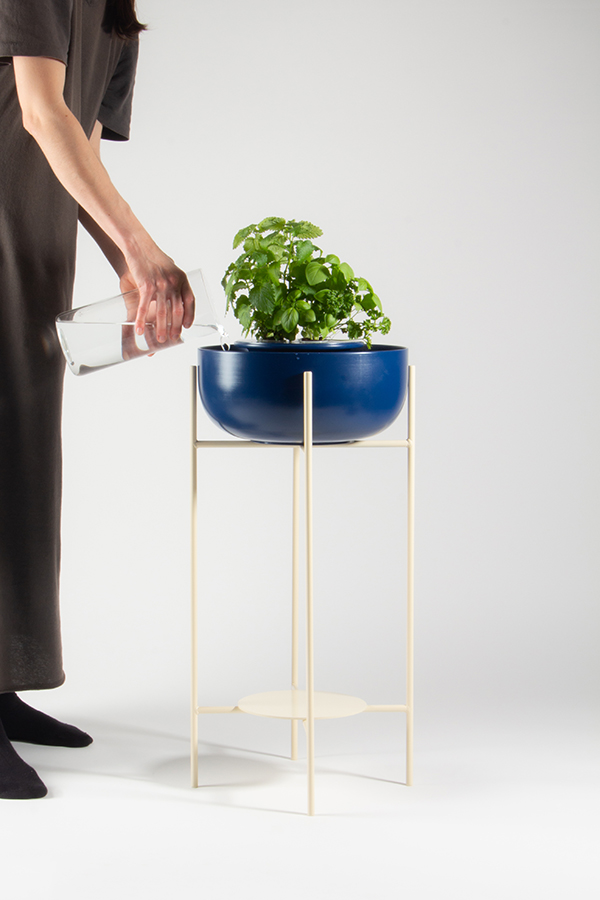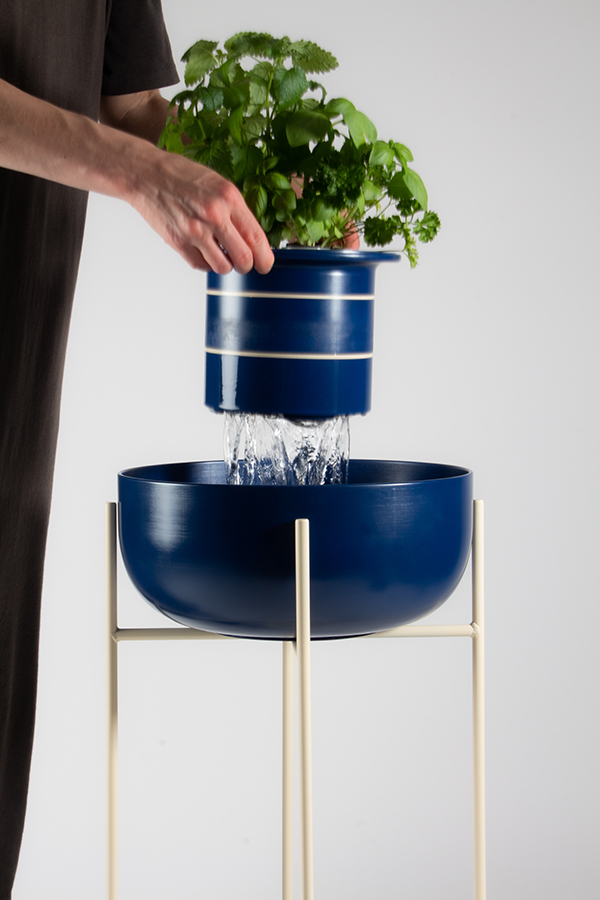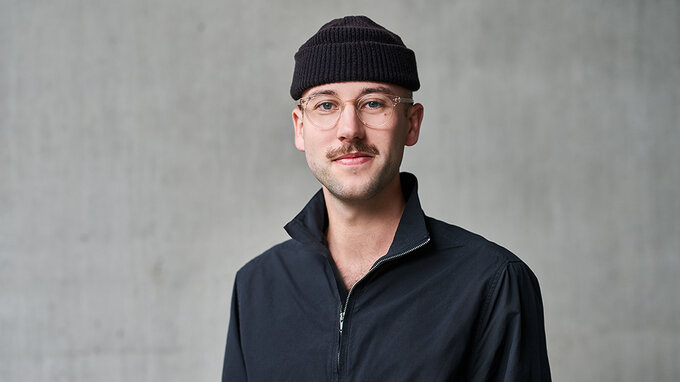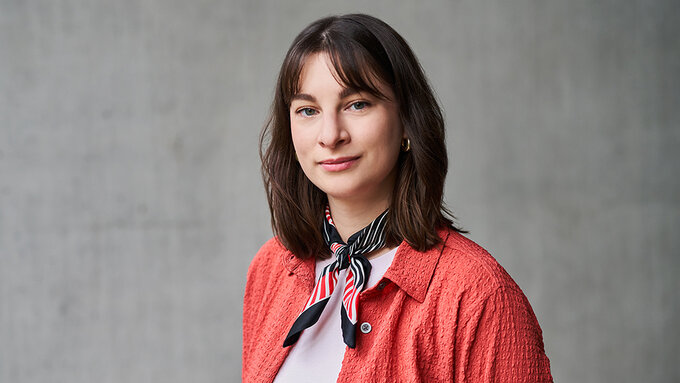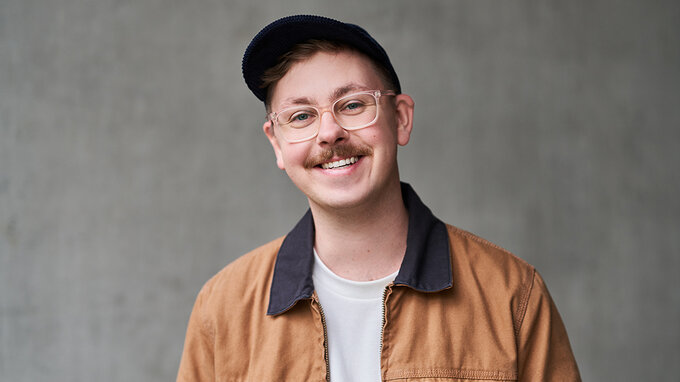Justus Hilfenhaus
Justus Hilfenhaus was born in Offenbach in 1997. In 2016, he began studying product design at the Bauhaus University in Weimar, which he interrupted for a semester of industrial design at the Pratt Institute in New York. He also completed an internship at Studio Hanne Willmann in Berlin, where he continued to work as a designer after completing his bachelor's degree in 2021. In 2022, he decided to study for a master's degree in product design at the ECAL in Lausanne. Justus Hilfenhaus works in different product worlds as a matter of course: In the lights, electrical appliances or furniture he develops with great precision, the focus is always on designing products that offer exceptional and surprising added value.
Interview with Justus Hilfenhaus
What significance does the "German Design Award 2024 - Newcomer" finalist have for you and your work?
For me, the "German Design Award 2024 - Newcomer" finalist award primarily means a special, professional recognition of my work. I design products and objects for everyday use. It is important to me to respond to the rapidly changing circumstances of our time and to solve the resulting problems in a playful, instinctive but also innovative way. The award encourages me to continue on this path as a designer.
Designing products that go beyond the usual added value is the focus of your work. How exactly do you achieve this?
For me, ordinary added value describes the obvious function of a product. I try to give every object I design a benefit that goes beyond this usual added value. For me, this is not always about an additional or greatly improved function. In my work, added value is also created through symbolic character or emotional connection. For example, a shelf becomes more than just storage space, a self-charging kitchen radio becomes a symbol for saving energy and a side table becomes a helper for older people.
What role do sensuality and aesthetics play for you?
Products are always in a context and communicate with their surroundings. I believe that they have a direct impact on our feelings, emotions and behavior. As a designer, I have an influence on these parameters and sensuality and aesthetics play an important role for me.
Your products should be tangible: How do you manage to connect product and user* in your work through an analog interaction?
I think that the moment of fascination is the beginning of this connection. You might see something that you don't fully understand or haven't seen before and become curious. By creating fascinating, possibly visually unusual details, I try to invite viewers to engage with the objects. This interaction then reveals the special nature of the design. Through this specially acquired knowledge, a certain kind of pride of ownership should be generated among users and an emotional connection to the product should be established.
Are there any product designers who inspire you? If so, can you describe which work particularly fascinates you?
I am very inspired by the work of Kim Collin and Sam Hecht (Industrial Facility). I find it fascinating how in many of their designs the intuition to use a product is thought through down to the smallest detail. Redefining problems and then solving them in a very simple and aesthetically pleasing, timeless way really appeals to me. I think this simplicity makes Industrial Facility's products very accessible and extremely easy to understand. They are clever solutions that seem to come naturally thanks to good design.
What are you currently working on?
I'm currently doing research for my Master's thesis, in which I'm looking at the topic of "German bureaucracy, design for administration" using the example of the citizens' office. Staff shortages, overworked employees, long waiting times and a generally dusty image characterize German bureaucracy. My aim here is to redefine the interface between the state and citizens on a creative level in order to optimize processes and strengthen the well-being of all stakeholders.

